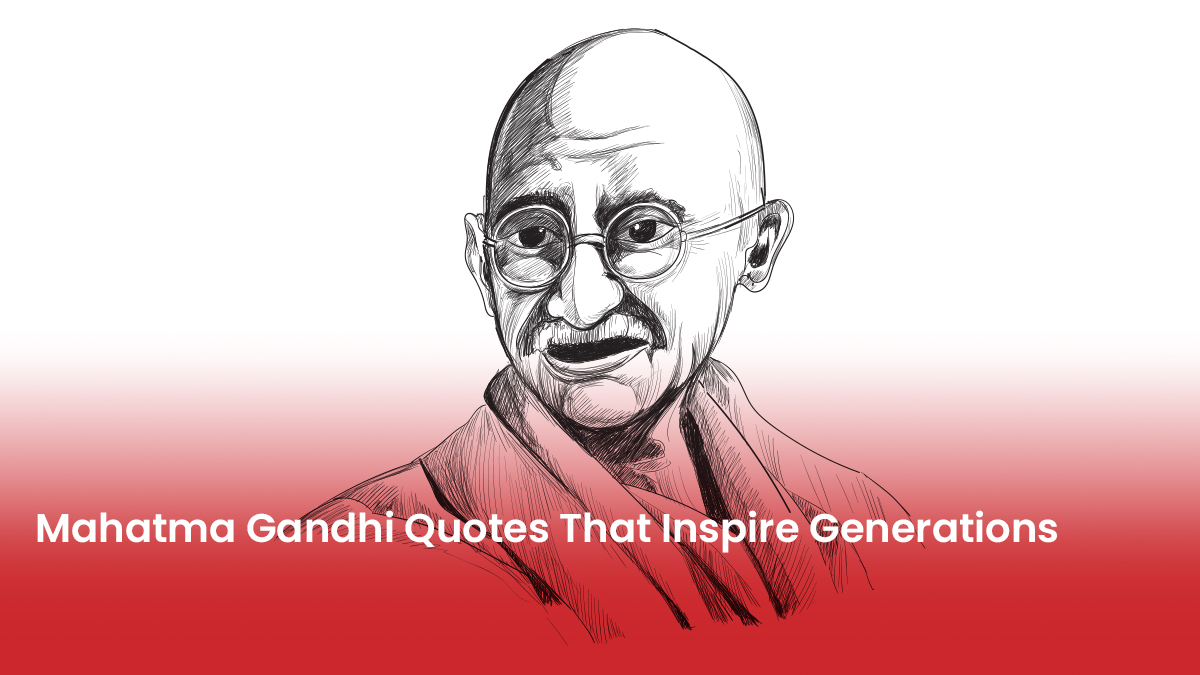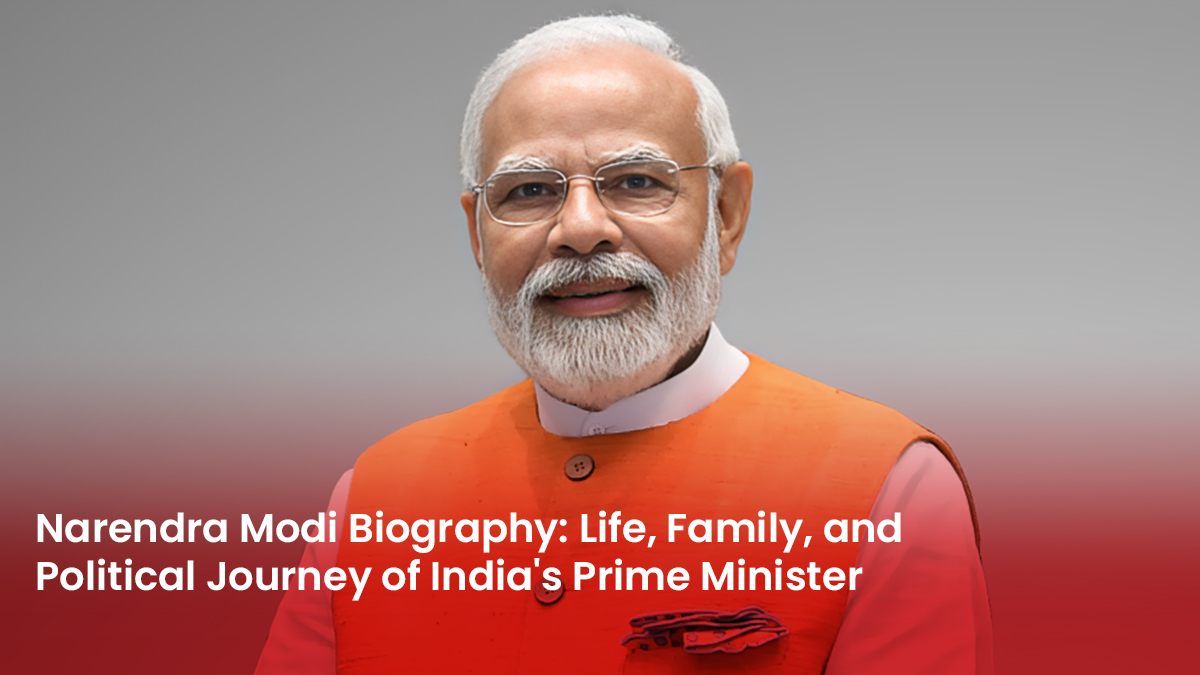The Kumbh Mela, renowned as one of the world’s largest religious gatherings, holds profound significance in Hindu culture. Among its various locations, the Kumbh Mela at Prayagraj, formerly known as Allahabad, stands out due to its unique historical and spiritual importance.
A pivotal question often arises: which king started Kumbh Mela at Prayagraj? This blog delves into the origins of the Kumbh Mela at Prayagraj, exploring historical accounts, mythological narratives, and scholarly interpretations to shed light on this intriguing query.
What is Kumbh Mela?
Kumbh Mela is one of the major festivals of Hinduism that is celebrated with spiritual gatherings and divine blessings. This festival draws millions of people to the bath in sacred rivers. It is said that this holy dip cleans the soul and blesses it with spiritual power. The festival alternates among four holy cities:
- Prayagraj
- Haridwar
- Nashik
- Ujjain
Kumbh Mela at Prayagraj is celebrated at Triveni Sangam. It is there the Ganga, Yamuna, and the mythical Saraswati rivers converge.
Which king started Kumbh Mela at Prayagraj?
The question of which king started Kumbh Mela at Prayagraj has the answer: Emperor Harshavardhana, who ruled northern India during the 7th century CE. Harsha was a great patron of religion, culture, and charity.
Harsha’s contribution to Prayagraj
- Harsha organized a large religious gathering every five years at the Triveni Sangam.
- He donated his personal wealth, including clothes and jewels, to the poor and religious institutions.
- Chinese traveler Xuanzang (Hiuen Tsang) documented these events, describing Harsha’s generosity and devotion.
While Harsha’s assemblies were not officially called “Kumbh Mela,” they might have inspired the grand festival we know today.
How the Kumbh Mela evolved at Prayagraj
Though Emperor Harsha’s events were significant, the Kumbh Mela in its current form developed later. Over time, religious practices and myths merged to make Prayagraj an important center for pilgrims. The Triveni Sangam’s spiritual importance helped establish the festival as a grand event.
Here’s a timeline of how Kumbh Mela evolved:
| Period | Key event |
Impact |
|
Ancient times |
Myth of Samudra Manthan | Prayagraj becomes sacred |
| 7th Century CE | Emperor Harsha’s religious gatherings |
Large pilgrimages start at Triveni Sangam |
|
Medieval Period |
Spread of Hindu traditions | More pilgrims visit Prayagraj |
| Modern Era | Organized Kumbh Mela begins under local rulers & British |
Festival gains global attention |
Maha Kumbh Mela 2025 Date and Place
Why Emperor Harshavardhana is significant
While it’s not confirmed that Harsha officially started the Kumbh Mela, his efforts laid the foundation for religious gatherings at Prayagraj.
- Religious patronage: Harsha supported various religions, including Buddhism and Hinduism, promoting harmony.
- Cultural influence: His gatherings at Prayagraj inspired large-scale festivals and charitable activities.
- Historical records: Xuanzang’s writings provide a detailed account of Harsha’s events, making them a key reference for historians.
The legacy of Emperor Harshavardhana in Indian culture
When exploring which king started Kumbh Mela at Prayagraj, it’s important to recognize the broader legacy of Emperor Harshavardhana. His reign was not only marked by religious gatherings but also by his commitment to the welfare of his people.
Harsha’s enduring influence:
- Promotion of religious harmony: Harsha supported multiple faiths, including Buddhism and Hinduism, creating a culture of inclusivity.
- Charitable initiatives: His large assemblies at Prayagraj symbolized his devotion to uplifting society through donations and community service.
- Cultural revival: Under Harsha, the arts and literature flourished, as seen in the famous plays and works written during his rule.
Though it remains unclear whether he formally started the Kumbh Mela, Harsha’s role in elevating Prayagraj as a spiritual center continues to influence Indian culture and traditions today.
The mythological origin of Kumbh Mela.
The word “Kumbh” comes from the Sanskrit word meaning pitcher, and it is derived from the ancient Hindu legend of Samudra Manthan, or ocean churning, between gods called Devas and demons known as Asuras. To get the drink of immortality, the drink called Amrita, the gods and demons decided to churn the ocean together.
From this ocean, a few droplets of that drink trickled down at four specific places: Prayagraj, Haridwar, Ujjain, and Nashik. These sites became sanctified, leading to the cyclical observance of the Kumbh Mela at each of these places.
Spiritual significance of the Kumbh Mela at Prayagraj
Prayagraj holds a special place in Hinduism because of the Triveni Sangam. The belief that a dip at this sacred confluence washes away sins and ensures moksha (liberation) has been a key factor in the popularity of the Kumbh Mela.
When asking which king started Kumbh Mela at Prayagraj, it is crucial to note how the festival’s spiritual essence has grown over centuries. The annual influx of pilgrims shows the enduring power of faith and tradition, making Prayagraj a cornerstone of Hindu spirituality.
Importance of Kumbh Mela at Prayagraj
- Religious importance: According to people, the soul gets cleansed by bathing in Triveni Sangam.
- Cultural gathering: It brings together millions of people from all over the world.
- Historical value: Prayagraj has been a center for culture and spirituality for thousands of years.
The Evolution of the Kumbh Mela at Prayagraj
Despite the association with Emperor Harshavardhana, there is limited concrete evidence to confirm that he initiated the Kumbh Mela at Prayagraj in its current 12-year cycle. The Prayag Kumbh Mela, as known today, does not have definitive historical records tracing back to Harsha’s era.
The festival’s evolution into a 12-year cycle at Prayagraj appears to be a more recent development, with the term “Kumbh Mela” being historically associated with the Haridwar festival.
The adaptation of the Kumbh Mela at Prayagraj likely resulted from a confluence of religious practices, mythological significance, and the site’s inherent sanctity due to the Triveni Sangam—the confluence of the Ganges, Yamuna, and the mythical Saraswati rivers.
Scholarly Perspectives on the Origins
This question of which king started the Kumbh Mela at Prayagraj remains an academic debate. The assemblies held by Emperor Harshavardhana are documented in detail, but a direct connection between those assemblies and the tradition of Kumbh Mela cannot be conclusively established.
Some scholars argue that the Kumbh Mela at Prayagraj may have emerged as an independent phenomenon, shaped by the religious significance of the site and the local pilgrimages, like the annual Magh Mela, which has been celebrated for centuries in the month of Magha.
Conclusion
The Kumbh Mela at Prayagraj is more than just a festival—it is a blend of mythology, history, and spirituality. Although it is unclear which king started Kumbh Mela at Prayagraj, Emperor Harshavardhana’s contributions cannot be ignored. His gatherings and charitable acts helped shape the tradition we celebrate today.
This sacred festival continues to bring millions of people together, celebrating faith and unity on a global scale.

























